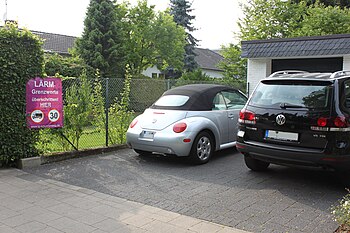Today we summarize a literature review of research papers examining the impacts of sea level rise on coastal areas of the world which include flooding, coastal erosion, land subsidence and saltwater intrusion. A rise of only ½ a meter in the next 50 years puts at risk 150 million people and $35 trillion of assets in 20 of the world’s most vulnerable port cities. Any success in reducing carbon emissions and the associated increase via climate change in temperature, precipitation and sea level rise would allow for 30% less impact on infrastructure systems such as power stations, oil and gas refineries and wastewater treatment plants.

Key Quotes:
“Expansive areas of low elevation in many densely populated coastal areas are at elevated risk of storm surges and flooding due to torrential precipitation, as a result of sea level rise.”
“A 100-year storm surge, which is expected to begin occurring every 3–20 years, could cost billions of dollars in direct damages after 1 foot of sea-level rise” “Salt water intrusion into groundwater aquifers is one of the major impacts of sea-level rise.”
“there are 136 major port cities with more than one million inhabitants each, 13 of which are among the top 20 most populated cities in the world.”
“Many of the world’s infrastructure facilities such as power generation facilities, refineries stations, water and wastewater treatment plants, and transportation networks are located along coastlines. As sea levels rise and coastlines erode, infrastructures are more exposed to the forces of nature and becoming structurally unstable.”
“groundwater inundation caused by sea level rise reduces the drainage capacity of storm water systems, and thus, could affect drainage and runoff infiltration…. during Hurricane Sandy in 2012, sewage backup led to the overflow of 11 billion gallons of raw sewage into the streets, rivers, and coastal waters”
“In the U.S., a great number of coastal energy facilities are located in areas exposed to 4 feet sea-level rise. An analysis …identified 287 energy facilities at risk of flooding, spreading throughout 22 coastal states. These facilities include natural gas infrastructures, electric power plants, and oil and gas refineries.”
“Global climate models suggest that global average sea level might rise 18–59 cm by 2100, if ice sheets continue to melt at the rate observed from 1993 to 2003. If the rate increases at the same trend as global temperatures warm, total sea level rise by 2100 might be 10–20 cm greater than the average projections.”













































